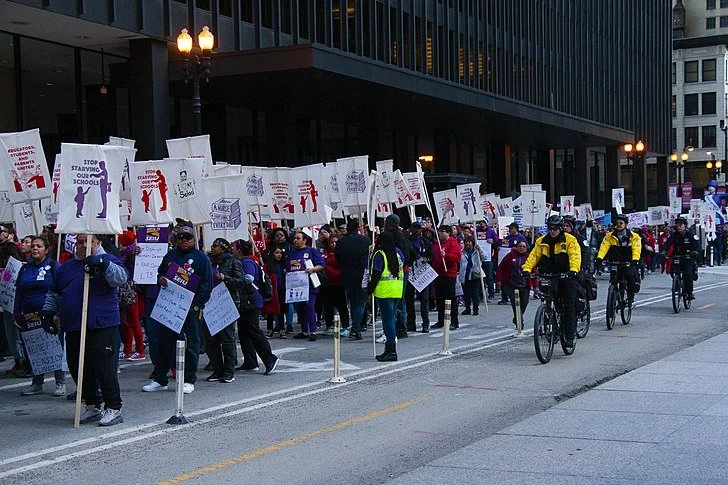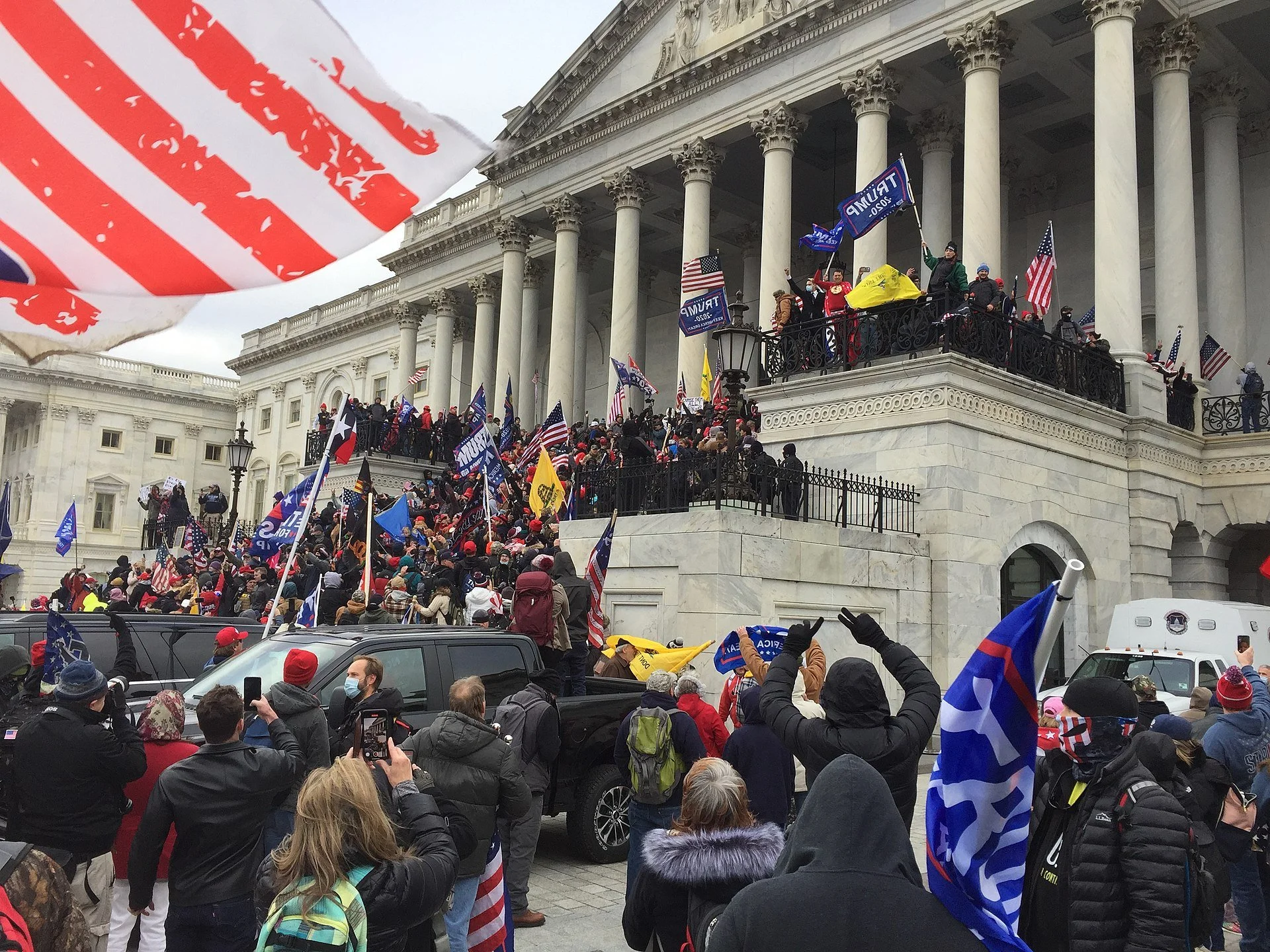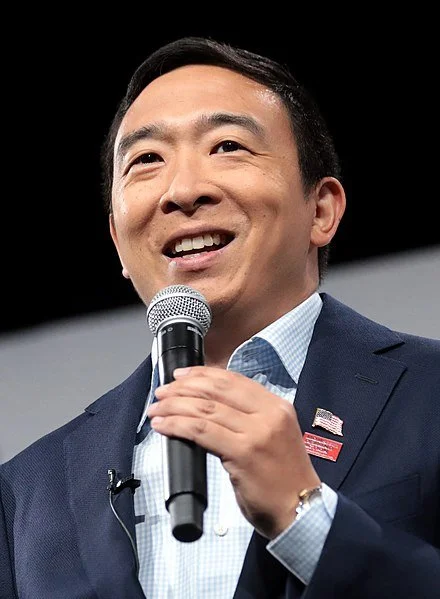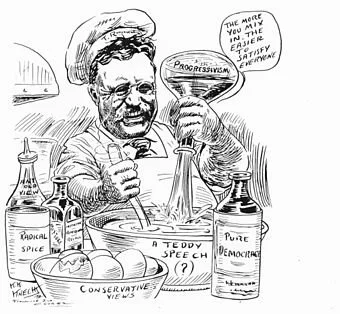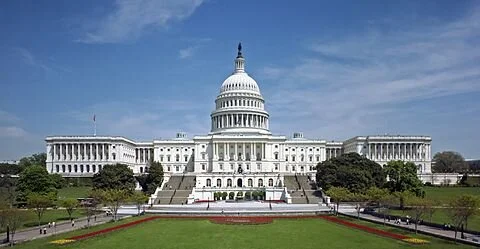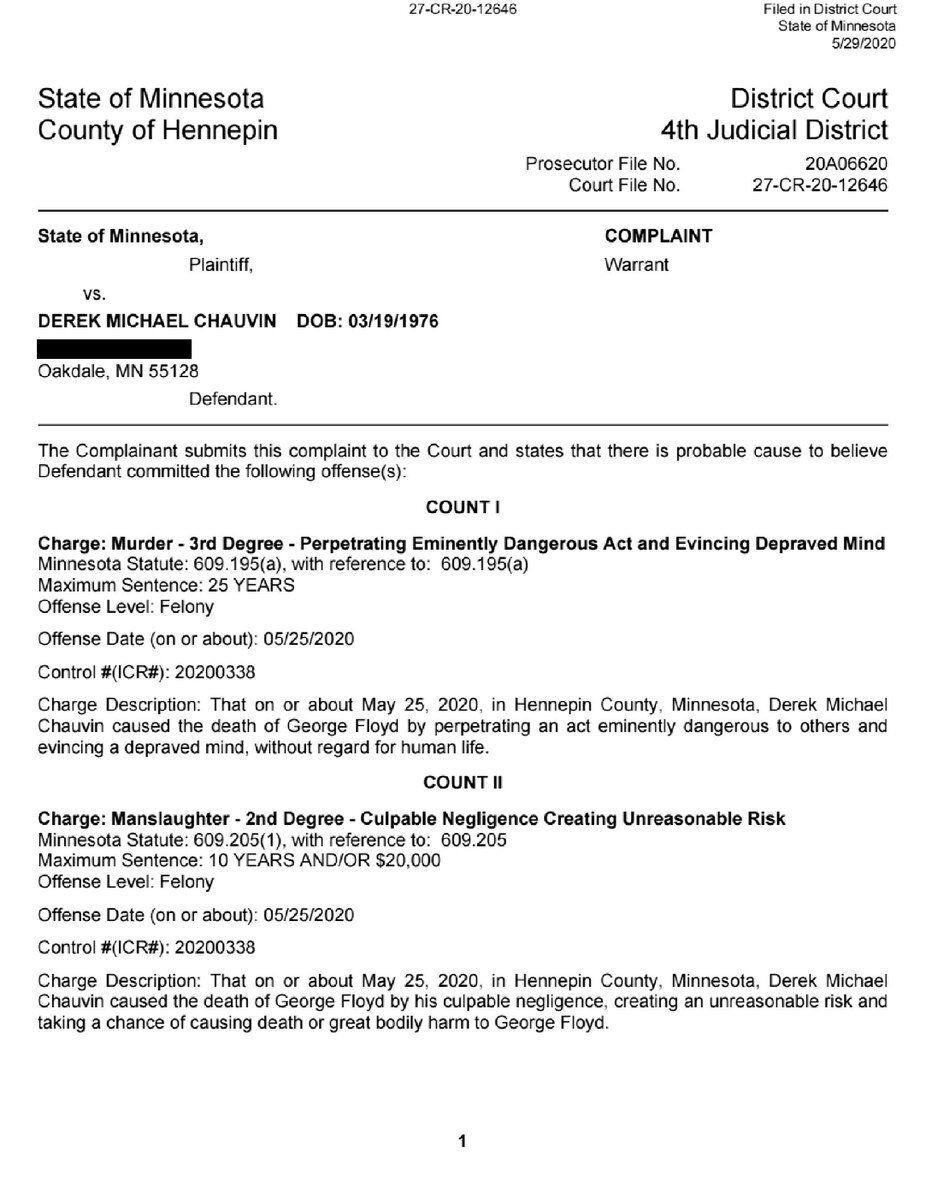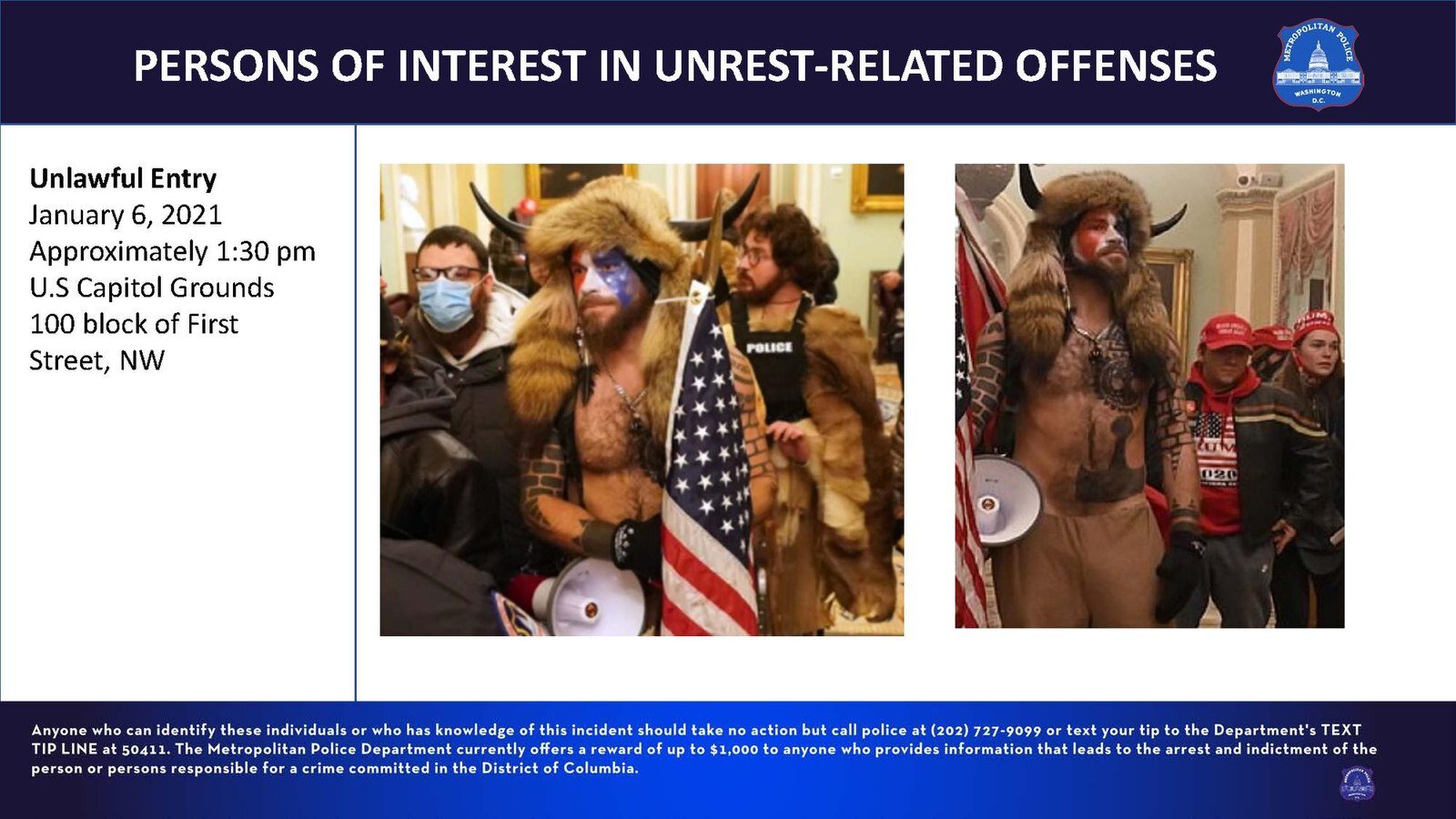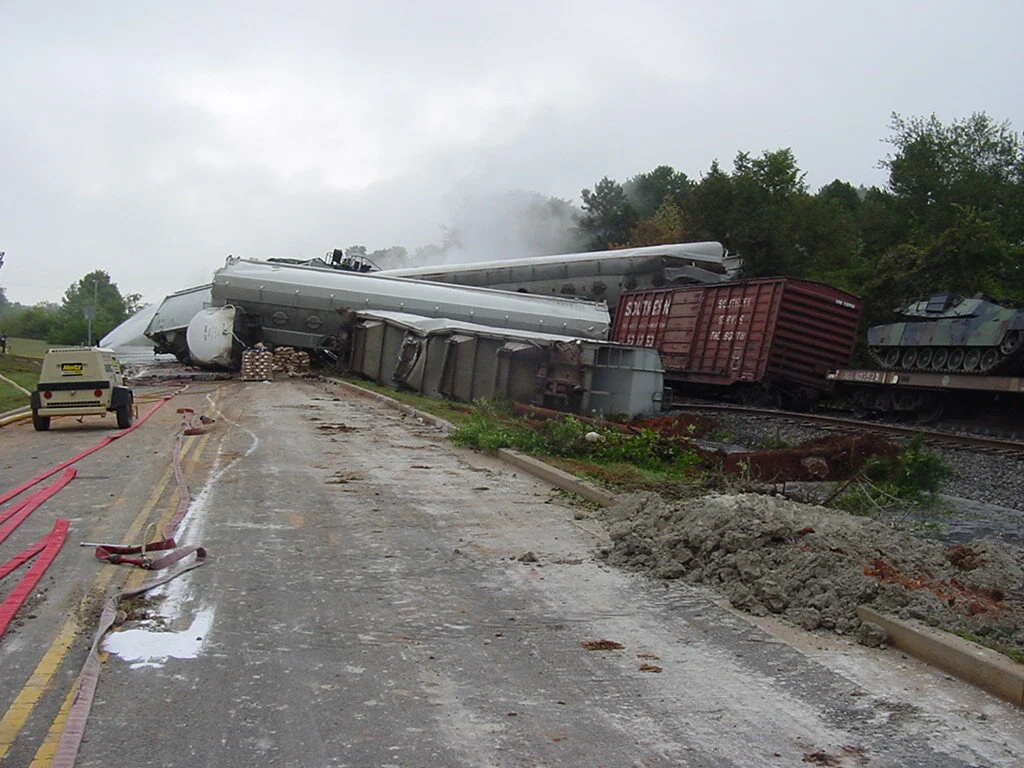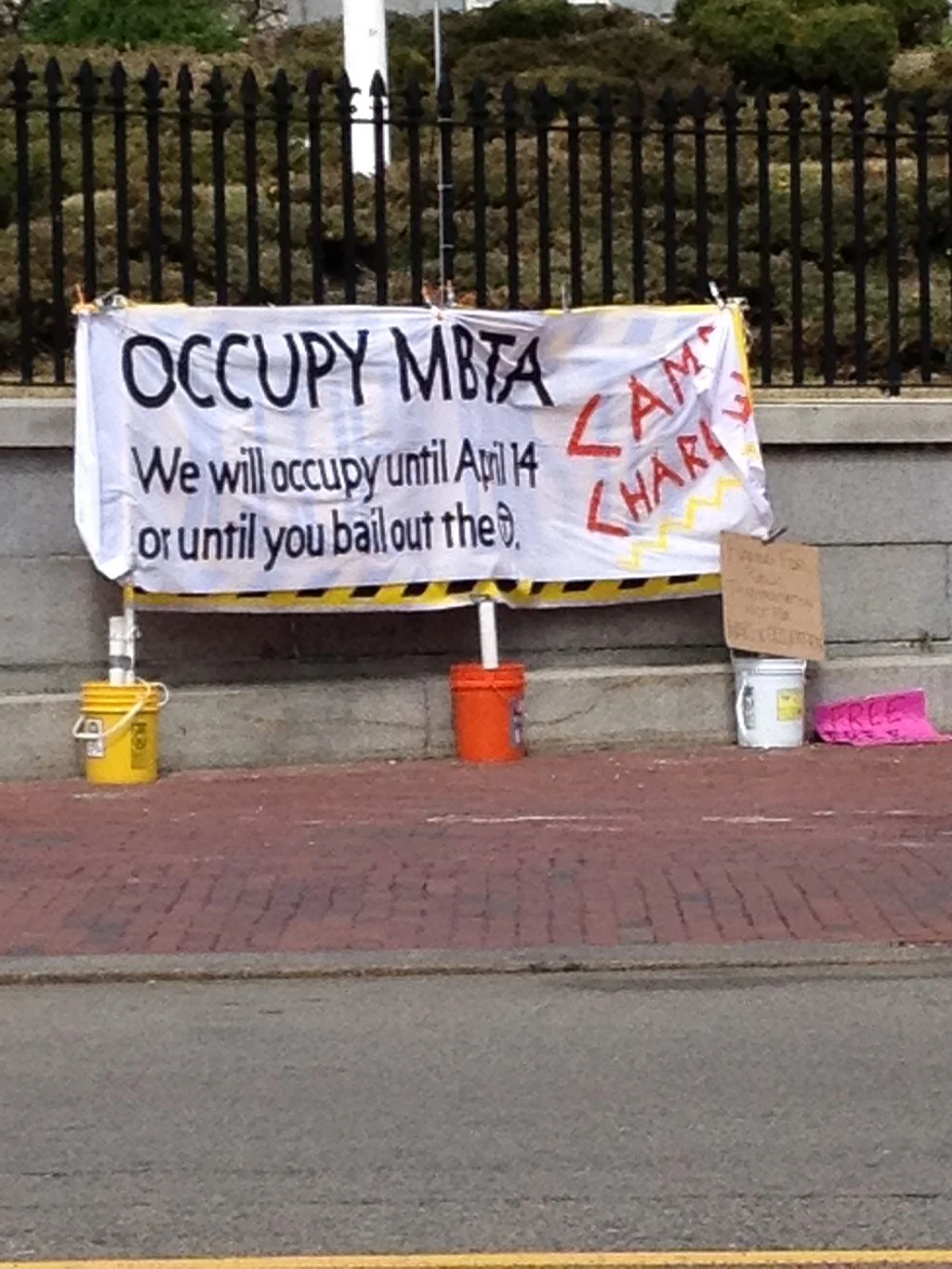Chicago teachers marching during a demonstration on Oct. 14, 2019
Massachusetts state militia enter Boston’s Scollay Square (RIP) to restore order during the city’s police union strike in 1919, which was broken, in large part by the rigorous actions by Gov. (and later Vice President and then President) Calvin Coolidge. The strike left a negative opinion amongst many citizens about public-employee unions for many years. There was much crime and other disorder during the strike. Coolidge famously said during the strike:
“There is no right to strike against the public safety by anyone, anywhere, any time. ... I am equally determined to defend the sovereignty of Massachusetts and to maintain the authority and jurisdiction over her public officers where it has been placed by the Constitution and laws of her people."
In a runoff election for mayor, Chicago voters on April 4 narrowly chose former teacher Brandon Johnson over former schools CEO Paul Vallas. Raising eyebrows was the funding of Johnson’s campaign: Over 90 percent came from teachers unions and other public-employee unions. Vallas had the endorsement of the police union, but his funding was more diverse, including business leaders and industrial unions. Just looking at the money, the race came down to this: Public employees vs. everyone else plus cops.
What is wrong with this picture? The new mayor is supposed to manage Chicago for all the citizens, not to benefit public employees. Chicago is not in good shape. In 37 of its schools, not one student is proficient in reading or math. Its transit system is stuck with schedules that serve no one at great expense. The crime rate in Chicago is among the highest in the country. But no recent Chicago mayor has been able to fix these and other endemic problems because the public unions have collective bargaining powers that give them a veto on how the city is run. Frustrated by the inability to get teachers back to the classroom during COVID, Chicago Mayor Lori Lightfoot observed that the teachers union wanted “to take over not only Chicago Public Schools, but take over running the city government.”
This is not just a Chicago problem. Los Angeles teachers walked out of class rooms last month supposedly to support striking service personnel, but Los Angeles lacks the resources to help the service employees because of the indebted inefficiencies in the teachers union contract.
American government has a fatal flaw hiding in plain sight. Public employee unions in most states have a stranglehold on public operations. Voters elect governors and mayors who have been disempowered from fixing lousy schools, firing rogue cops, or eliminating notorious inefficiencies.
Look at almost any public scandal in recent years—failing schools in Baltimore, police killings in Minneapolis and Memphis—and you will find public supervisors who, under union controls, have lost basic managerial tools. Democracy is supposed to be a process of accountability. But there’s near-zero accountability in American government—between .01 and .02 percent in most jurisdictions. Two out of 95,000 teachers in Illinois were dismissed annually for poor performance over an 18-year study period. In the decade prior to the killing of George Floyd, of the 2,600 police complaints in Minneapolis only 12 merited discipline, of which the most severe was a 40-hour suspension.
No wonder democracy is working so badly. Elected leaders come and go, but public unions just say no. How did public employee unions get this power?
Rewinding the Clock
Until the 1960s, public employees were organized like lawyers, doctors and other voluntary professional associations. They had no legal right to compel government to enter into contracts. Many already enjoyed civil service protections, and government work was generally sleepy, not ruthless. But public employees had become a huge voting bloc, and leaders of public employee associations wanted power over how government was run.
Until then, the idea of public employees bargaining against government was inconceivable. FDR, a strong supporter of trade unions, firmly rejected government bargaining: “The process of collective bargaining…cannot be transplanted into the public service.” Early labor leader Samuel Gompers refused to let police join the industrial union because, having sworn to serve the public, police would have a conflict of interest. As late as the 1950s, union leader George Meany stated unequivocally that it is “impossible to bargain collectively with the Government.”
But the strong tide of the 1960s rights revolution provided ample cover for government unions to get similar statutory powers as industrial unions. No one conceived back then that these powers would make government unmanageable. It was just considered a matter of “elementary justice” to treat them the same.
Government bargaining, however, is radically different from trade union bargaining:
A trade union must honor efficiency, or else the jobs are lost when the business moves out of town or fails. Government can’t go out of business or move, so public employee bargaining is aimed at creating deliberate inefficiencies to foster more jobs.Multi-hundred-page contracts that are designed for featherbedding and overtime excesses. Taxpayers must foot the bill.
Trade union bargaining is limited to dividing the pie of profit between capital and labor. There is no profit in government, so the scope of government bargaining has no defined limits. Again, the taxpayers must pay.
In trade union bargaining, it would be unlawful for management to collude with a complicit workers group. In government bargaining, overt collusion is how the game is played. In exchange for huge union campaign support, politicians agree to give unions control over public operations and pensions. As unions like to say, “we elect our own bosses.” At a rally with public unions, New Jersey’s then-Governor Jon Corzine called out that “We will fight for a fair contract!” Who was he going to fight? Collective bargaining with government unions is not a real negotiation. It’s a pay-off.
For fifty years, government union controls have gotten ever-tighter. Unlike all other interest groups, government unions have a binding contractual veto over how government operates, and are first in line for public resources. They keep it that way with preemptive political force. Stanford political scientist Terry Moe found that in 36 states teachers unions contributed more than all business groups combined.
The Disempowerment of Elected Executives
Newly-elected governors and mayors in most states quickly discover that they have no managerial control over schools, police, and other government operations. If an elected executive has the backbone to try to buck the union, and restore managerial powers when an agreement comes up for renegotiation, the executive in many states will find that unelected arbitrators have the final say.
Near-zero accountability makes its practically impossible to transform a lousy school, or an abusive police culture, because the supervisor can’t enforce good values and standards. No accountability also removes the mutual trust needed for any healthy organization. Why try hard, or go the extra mile, when others just go through the motions? The absence of accountability is like releasing a nerve gas into the agency or school.
Rigid work rules guarantee massive inefficiency. Basic services such as trash collection, and road and transit maintenance, cost two to three times what it would cost in the private sector. Need someone to help out or fill in? Sorry, not permitted. Need teachers to do remote teaching during the pandemic? There’s nothing about that in the agreement, so it must be negotiated.
No public purpose is served by union controls. Nor do union controls make government an attractive employer. Good candidates are repelled by toxic public cultures without energy or pride. Union controls serve only to transfer governing authority to union officials, who exercise that authority mainly to pad public employment and insulate government workers from supervisory judgments.
Public unions have turned public operations into a permanent spoils system: Unions have control over public operations and have insulated public employees from accountability, no matter how poorly they perform. That’s why democratically-elected leaders almost never fix what’s broken.\
All government employees should realize that the process of collective bargaining, as usually understood, cannot be transplanted into the public service. It has its distinct and insurmountable limitations when applied to public personnel management. The very nature and purposes of government make it impossible for administrative officials to represent fully or to bind the employer in mutual discussions with government employee organizations. The employer is the whole people, who speak by means of laws enacted by their representatives in Congress. Accordingly, administrative officials and employees alike are governed and guided, and in many instances restricted, by laws which establish policies, procedures, or rules in personnel matters. Particularly, I want to emphasize my conviction that militant tactics have no place in the functions of any organization of government employees. Upon employees in the Federal service rests the obligation to serve the whole people, whose interests and welfare require orderliness and continuity in the conduct of government activities. This obligation is paramount. Since their own services have to do with the functioning of the government, a strike of public employees manifests nothing less than an intent on their part to prevent or obstruct the operations of Government until their demands are satisfied. Such action, looking toward the paralysis of government by those who have sworn to support it, is unthinkable and intolerable.
Philip K. Howard, a New York-based lawyer, writer and civic leader, is author most recently of Not Accountable: Rethinking the Constitutionality of Public Employee Unions (Rodin Books, 2023). He is chairman of Common Good (commongood.org), a legal-and-regulatory-reform organization.
Read here Franklin Roosevelt’s views on public-employee unions.





